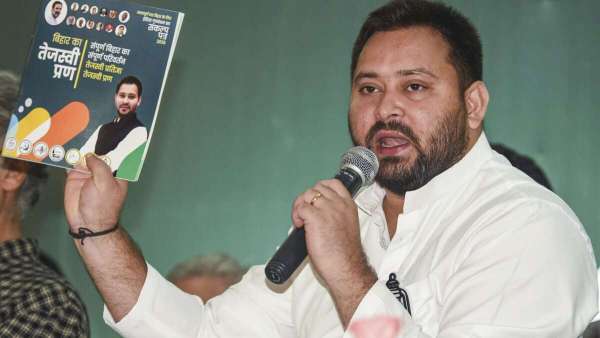Shafali Verma walked into the World Cup final as a late replacement for the injured Pratika Rawal and walked out a world champion, top-scoring in India’s 52-run win.
For Indian sport, the ICC Women’s ODI World Cup triumph is a landmark. For India, it could be a shift in the social current.
Shafali comes from Rohtak, a district with a sex ratio of 867 females per 1,000 males and a child sex ratio of 818 (Census 2011), among the lowest in the country. From a geography where girls are still outnumbered, a young woman now stands as a reference point for a generation that refuses to shrink.
Sangli, home to Smriti Mandhana, tells a similar story. Only 40.1 per cent of women are in the labour force, according to a report based on NFHS-5 and Census 2011, and 47.5 per cent are anaemic. Agriculture drives the district, and most women’s work remains seasonal. In Darjeeling, Richa Ghosh’s home district, 78.3 per cent of girls aged six and above have ever attended school; the figure falls to 72 per cent in Moga (Harmanpreet Kaur), 65.1 per cent in Chhatarpur (Kranti Goud), and 69.4 per cent in Agra, home to woman-of-the-tournament Deepti Sharma.
India’s biggest sporting breakthroughs over the past decade have often come from such landscapes, places where opportunities are still rationed by gender. From Mirabai Chanu’s weightlifting hall in Manipur to Lovlina Borgohain’s shed in rural Assam, from Sakshi Malik’s akhara in Rohtak to Preeti Pal’s running track in Meerut, most of India’s medals have been won by women from places that rarely made space for them.
Yet those stories, for all their inspiration, remained largely individual. A World Cup triumph in a team sport multiplies that effect fifteenfold. It means more towns, more schools, and more families can claim a share in the success, each player’s journey adding a new pin to the map, making success feel local, repeatable, and contagious.
Visibility, however, must be matched by value. The BCCI has announced Rs. 51 crore in prize money for the women’s team, generous yet short of the Rs. 125 crore awarded to the men after their 2024 T20 World Cup win. Match-fee parity, introduced by Jay Shah as BCCI secretary, was a major step forward (Rs. 15 lakh for Tests, Rs. 6 lakh for ODIs, Rs. 3 lakh for T20Is), but annual contracts still tell a different story. The top male cricketers earn up to Rs. 7 crore a year; the top-tier women, Rs. 50 lakh.
Still, Shah’s tenure did mark a structural shift, including the launch of the Women’s Premier League, an expanded international calendar, and sustained institutional attention.
India ranks 131st on the World Economic Forum’s Gender Gap Index. Yet each triumph chips away at that imbalance. When Shafali from Rohtak or Richa from Siliguri lifts a trophy, she forces families still unsure about a daughter’s freedom to reconsider their answer.
The onus now lies with governments, federations, and schools to turn this celebration into access, to ensure every district that cheered this win also builds the pathways to repeat it. If that happens, this World Cup will not just be a sporting victory but the beginning of an opportunity for every girl to play, compete, and claim her field.
Published on Nov 05, 2025





